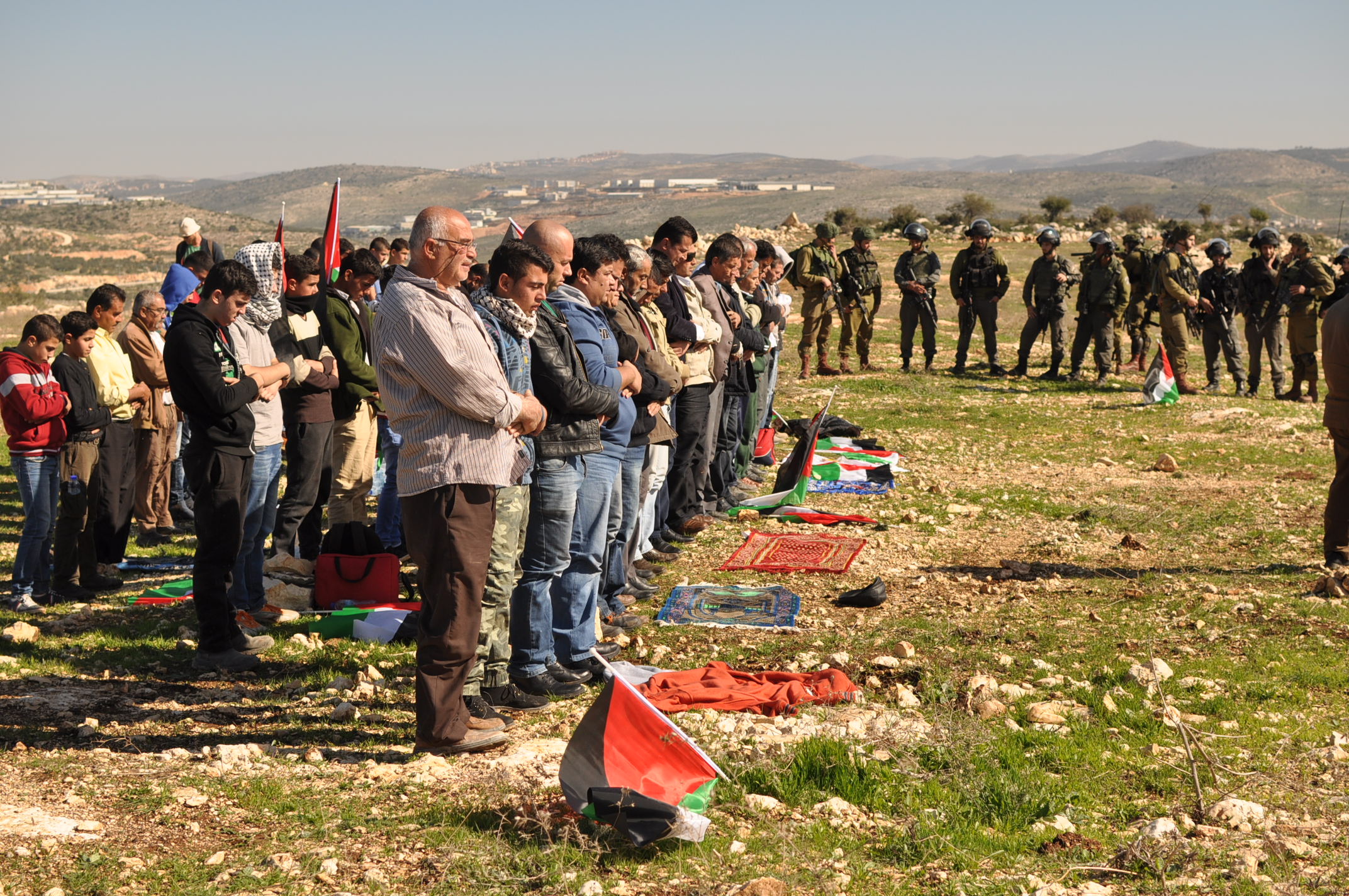Tag: Border Police
-
Remembering Balfour under Apartheid
6th November 2017 | International Solidarity Movement, al-Khalil team | Hebron, Occupied Palestine Yesterday in al Khalil (Hebron) the Palestinian group Youth Against Settlements held an event to mark the 100th years anniversary of The Balfour Declaration. The Balfour Declaration is viewed as a foundational document of the Israeli states ethnic cleansing of Palestine. Despite…
-
Palestinian Activist Detained In Hebron
A 22 year old Palestinian activist was detained in al-Khalil this morning. He was held and interrogated for thirty minutes, before being escorted through the Shuhada Street checkpoint. He was released after another half hour with no charge, but was told that Israeli forces would raid his house if they found he was linked to the…
-
Near Salfit, Palestinians try to save the last hill that is not yet occupied with a settlement
December 4th, 2015 | International Solidarity Movement with IWPS, Huwwara team | Kafr Addik, occupied Palestine On friday 4th of december, around 50 locals from the villages of Kafr Addik, Bruqin, Sarta and Biddya, in the Salfit governorate, gathered on a hill called Daher Sabbah, located between the four villages, in order to protest the…



